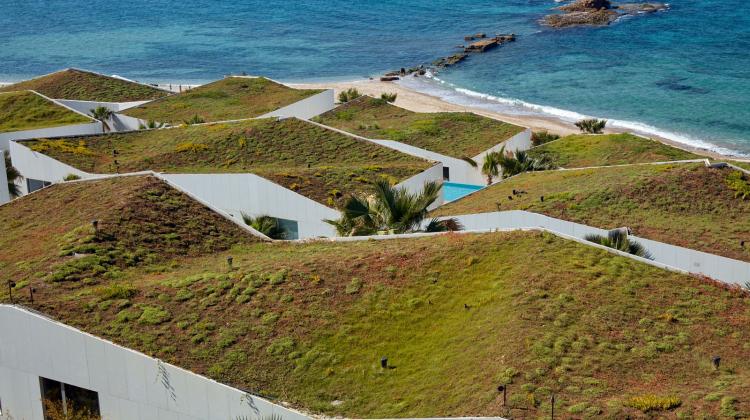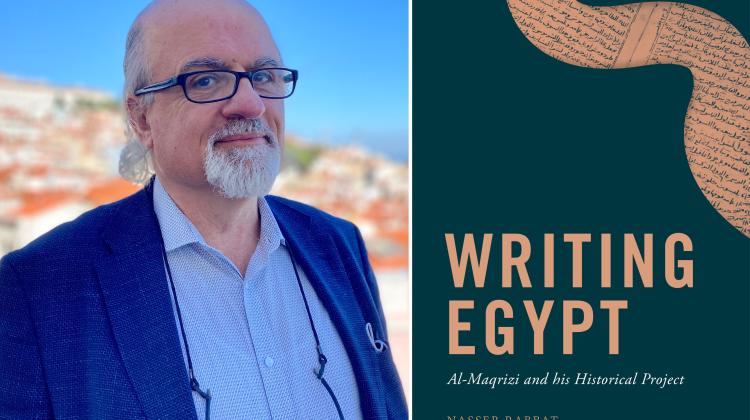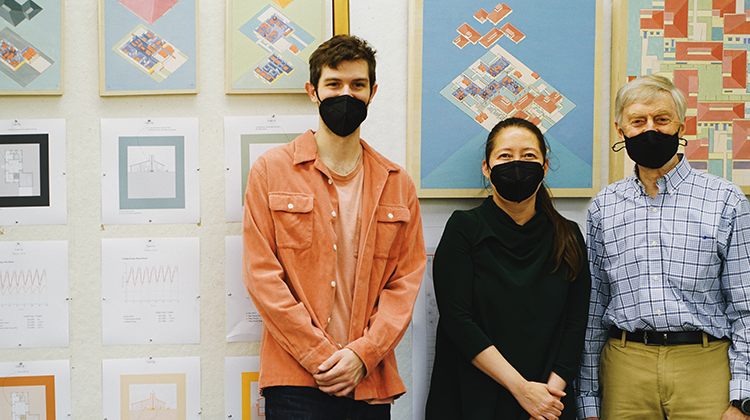Special Subject: Study in Modern Architecture — Form and Platform: Design Criticism in the Twentieth Century and Beyond
This is a class about reading and, to a lesser extent writing, popular criticism, looking at the profession and production of architecture and design criticism in the United States from its inception in the late 19th century to the present day. Class sessions are devoted to thematic groupings of reviews—on the tower, the museum, the mall, and so on—in order to compare critical language, approach, audience, and taste, while also tracking changes in writing and design style from 1900 to the present. Thus, we read classics of architectural theory, like Louis Sullivan’s “The Tall Building Artistically Considered,” as well as Ada Louise Huxtable on the Twin Towers, and Paul Goldberger on Hearst Tower. But we will also watch Louisa Whitmore, the TikTok teen who hates 432 Park Avenue with the passion that translates so well to video.
The goal of this seminar is to introduce you to the wide variety of critical voices and forms and, by the end, let you play critic yourself. During the semester, we will do close readings of specific texts together, and we will practice one-the-spot critique of some recent local projects. Two field trips led by architects will offer students the opportunity to ask questions in the field, and to think about the difference between what architects say and what the user can observe. Independently, students will research and present on an individual critic, giving the opportunity to read deeply while the in-class sessions are a necessary skim. One late session, on video games, will be programmed collaboratively, as many of you know more than I about what constitutes effective critique of games. The final project for the course will be to write, or film, or record, or otherwise produce a piece of criticism on the design of your choice.
4.s68 Syllabus (MIT Certificate protected)
Preparation for History, Theory and Criticism PhD Thesis
Required for doctoral students in HTC as a prerequisite for work on the doctoral dissertation. Prior to candidacy, doctoral students are required to write and orally defend a proposal laying out the scope of their thesis, its significance, a survey of existing research and literature, the methods of research to be adopted, a bibliography and plan of work. Work is done in consultation with HTC Faculty, in accordance with the HTC PhD Degree Program guidelines.
SMArchS HTC Pre-Thesis Preparation
Preliminary study in preparation for the thesis for the SMArchS degree in History, Theory and Criticism. Topics include literature search, precedents examination, thesis structure and typologies, and short writing exercise.
Preparation for HTC Minor Exam
Required of doctoral students in HTC as a prerequisite for work on the doctoral dissertation. The Minor Exam focuses on a specific area of specialization through which the student might develop their particular zone of expertise. Work is done in consultation with HTC faculty, in accordance with the HTC PhD Degree Program Guidelines.
Preparation for HTC Major Exam
Required of doctoral students in HTC as a prerequisite for work on the doctoral dissertation. The Major Exam covers a historically broad area of interest and includes components of history, historiography, and theory. Preparation for the exam will focus on four or five themes agreed upon in advance by the student and the examiner, and are defined by their area of teaching interest. Work is done in consultation with HTC faculty, in accordance with the HTC PhD Degree Program Guidelines.
Design: The History of Making Things
Examines themes in the history of design, with emphasis on Euro-American theory and practice in their global contexts. Addresses the historical design of communications, objects, and environments as meaningful processes of decision-making, adaptation, and innovation. Critically assesses the dynamic interaction of design with politics, economics, technology, and culture in the past and at present.
4.657 Syllabus (MIT Certificate protected)
Media Theory
This class is a pre-approved HTC restricted elective for Spring 2023.
Examines historical positions in what has been known as "media theory," engaging the tensions that vex current modes of production. Explores the broad panoply of bottom-up media content generation in its confrontation with proprietary media platforms, and measures contemporary digital narrative forms against the expanded cinematic theories of the past. Discussions focus on how the rich literature of media theory might accommodate gaming, XR, interactive immersive installations, and other contemporary phantasmagoria.
4.654 Syllabus (MIT Certificate protected)





